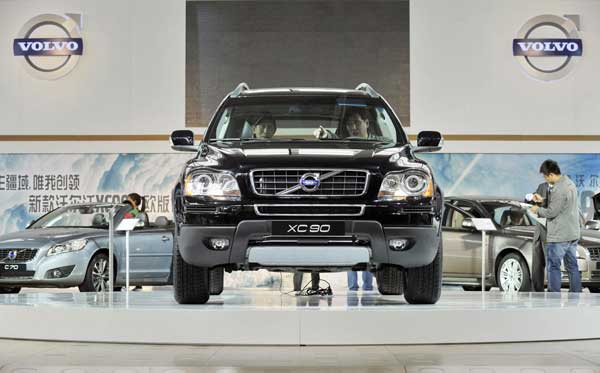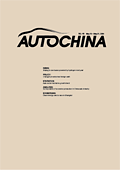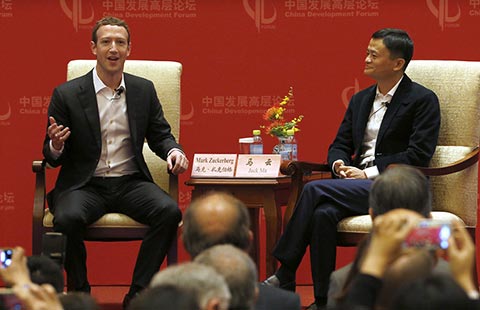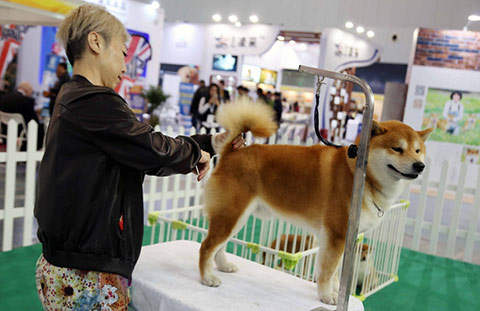Volvo plans expansion amid slowdown
By Du Juan in Brussels (China Daily) Updated: 2012-09-13 10:46
|
 |
|
Customers sit in a Volvo XC90 car at an auto fair in Shenyang, Liaoning province, in this file picture taken May 13, 2011. [Photo/Agencies] |
"I don't look at China as a foreign country to us. I look at it as a home country," said Olney. "When you talk about what the Chinese are doing, that's us also."
Olney's words make much sense considering that in 2006 the company bought 70 percent of the shares in Shandong Lingong Construction Machinery Co Ltd (SDLG), an engineering machinery manufacturer and supplier in Shandong province, a move seen as a big step for Volvo CE's expansion in China with its two-brand strategy.
|
|||
China has a huge market with so many different customers and applications that there is clear room for the two brands, each bringing its own proposition to the market," Olney said. "They are really going to the different customers."
In the first quarter of this year, the company built a new factory in Linyi, Shandong province, to make products for the SDLG brand.
The company also announced it is investing $30 million to establish a new regional headquarters in Shanghai this year, and a research and development facility is being built in Jinan, Shandong province, with an investment of 300 million yuan.
"The investment will continue in China and will not slow down," Olney said. "China is a part of who we are. It is becoming the DNA of Volvo CE."
Characterizing the uniqueness of China's position for Volvo CE, this interview was held in a meeting room named the "China Room" just a few steps away from Olney's office. There are no other meeting rooms named after other countries.
"I am very optimistic about China both in the medium and long term. China's economy will continue to grow. The need for construction work is massive," he said.
"The Chinese government is clearly committed to the development of infrastructure. It presents excellent opportunities for companies such as Volvo."
Olney said that he believes China's economic slowdown is temporary.
"Our expectation is that we will see the bottom in the near term and see growth begin again at the beginning of next year in the Chinese market," he said.
The company forecast its business would see a 15 percent to 25 percent drop in the Chinese market across the whole year.
For the whole machinery industry in China, Cai from the China Machinery Industry Federation estimated that the industry's growth rate for 2012 will be 14 percent, down from last year's 25 percent.
"The growth of the industry in the first half was much slower than we had expected and the second half won't be very easy either," he said.
The industry's output stood at 8.7 trillion yuan from January to June, increasing 12.17 percent year-on-year. The growth rate was significantly lower than the 27.08 percent registered in the first half of last year, according to the federation.
For more subscription details of AutoChina, please visit our E-Shop.
- A look of Boao Forum for Asia International Conference Center
- Borgward charts new journey to respectability in Chinese market
- Quality problems with automakers persist
- Carbon move powers green energy companies
- Workforce education high on agenda to safeguard 'transformation'
- WB and IMF remain confident on China’s economic growth
- Guangzhou OED Technologies raring to wrap the world in e-paper
- Stock market investors' risk appetite to grow

















